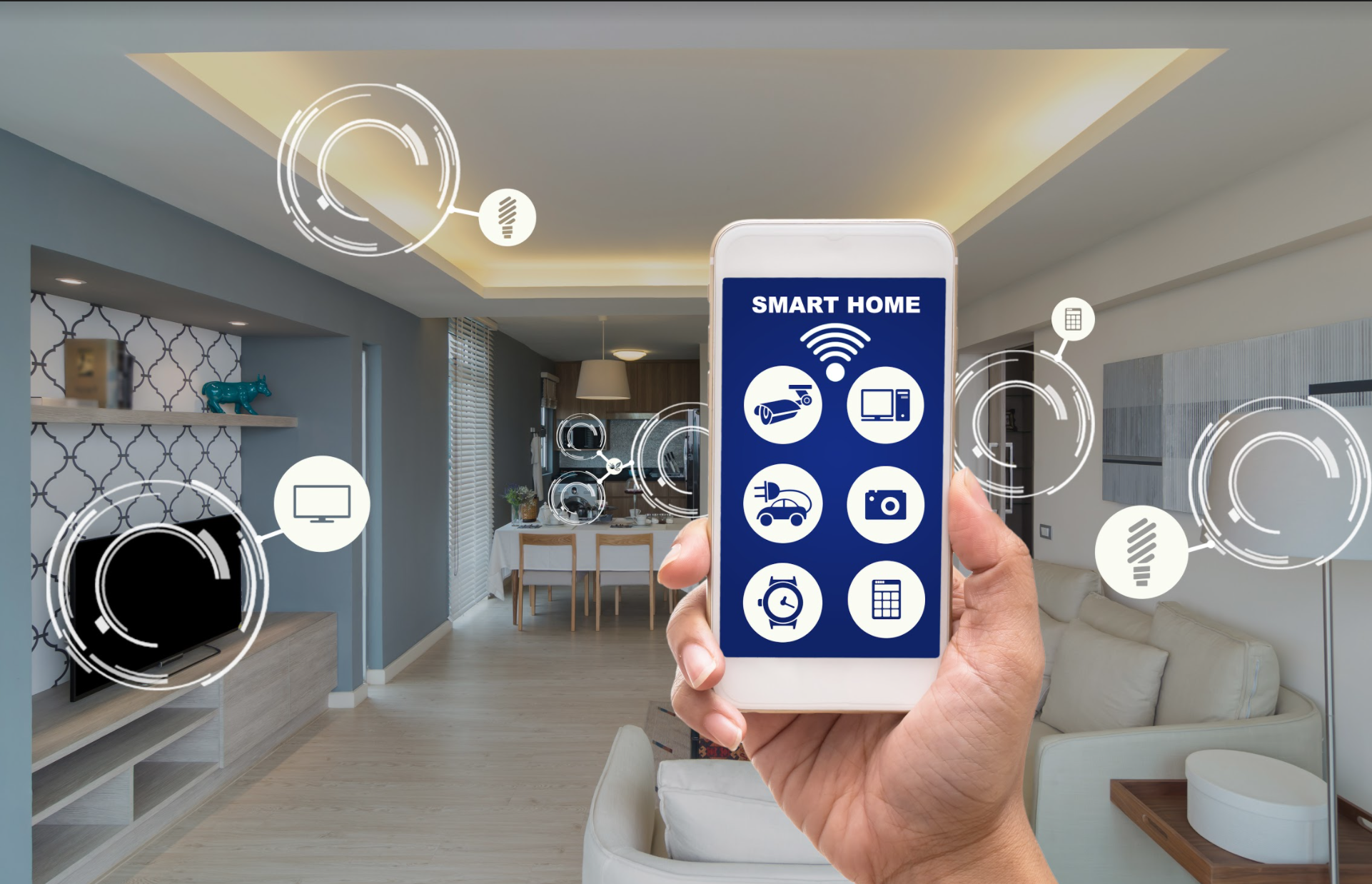Tech Tips
How To Create Your Niche In 10 Minutes.

HOW TO CREATE YOUR NICHE IN 10 MINUTES.
Do you want to venture into the blogging business, but you feel what’s holding you back is the primary niche you think you need to be in. And, sincerely, this can be complex: You could start by listing all of your hobbies/ interests and enthusiasms and still feel as though you haven’t nailed that peculiar notion you were meant to express.
Despite placing that sort of burden on yourself to determine the specific right niche may cause lead to numbness.
Absolutely, you want to ensure proper diligence in selecting a viable niche business is done, but it’s more satisfying to get up and moving than to wait throughout. By doing such, you can experiment with ideas, penetrate the business, and study from your achievements and flops.
SEE ALSO: Characteristics of a Good Friend
With this too, if your first venture doesn’t take off, you can perpetually take what you’ve acquired from earlier efforts and move ahead with new approaches/schemes.
If you’re fighting to choose, or you need more information or leads to operating with, use the following under-listed steps to find your niche.
Watch Video On How To Create Your Niche
HOW TO CREATE YOUR NICHE
1. Define Your Target Audience.
When defining your target audience pops up to your mind, You should do this as listed below;
- Who do you want to reach?
- What are their needs?
- What challenges can you solve for them?
- Where do they spend their time?
- How can you engage them?
2. Identify problems you can solve.
Narrow down your options by performing a self-check to evaluate your strengths and weaknesses by so doing you can create a list of problems you can solve.
To build a successful niche, principally, you need to find problems your aim clients are encountering, then decide if you can actually profer a solution for them. Here are some approaches you can follow to recognize problems in specific niches:
- Make Research on forums. e.g Quora
- Perform Search Engine Keyword Research
- Create a survey in communities
SEE ALSO: How To Lose Weight Fast and Safely
3. Tap into the Power of Community.
Solve the puzzle of where your target audience spends their time and get involved there or start your own community.
Resources include Facebook.com/groups, Linkedin.com/groups,
Groups.yahoo.com, Ning.com, and Meetup.com.

How To Create Your Niche – ArenaHub.org
4. Optimize Your Website.
Regularly make use of keywords and phrases that your audience would use to find you. To increase traffic, update your site frequently, add incoming links, and continually add new content.
5. Implement a Blog.
A blog can help you build your audience, boost website traffic, impress new clients, and attract media interviews and speaking engagements.
It’s also the heart of your social media strategy. Update yours at least twice each week (more is better) for best results.
6. Develop a Content Marketing Strategy.
To become a recognized authority in your field, first, publish a book. Next, create ebooks, white papers, and special reports that you can give away.
Distribute articles to websites that reach your target audience or write articles for print publications.
See article content sites: Ezinearticles.com, Ideamarketers.com, and Scribd.com.
SEE ALSO: Personal Development: Definition, Importance and How To Improve
7. Expand with Video and Podcasts.
Create compelling videos to post on your website and distribute to YouTube.com and Vimeo.com.
Conduct your own webinars or teleseminars or participate as a guest on other people’s programs. Podcasts can be distributed to iTunes.
8. Embrace Social Media
Like it or not, social media is not a passing fad—it’s an essential marketing strategy for business. Facebook, Twitter, LinkedIn, and Pinterest each have their own unique advantages.
Be sure to share your blog posts, resources, and other content that appeals to your target audience.
SEE ALSO: How To Build A Healthy and Happy Marriage
9. Commit a Little Time Each Day.
Set aside an hour each day to develop content, engage in social media, and cultivate community. A little effort goes a long way in expanding your brand and soon you will begin to enjoy big results.
I hope this helps you as you venture into the world of BLOGGING.
Don’t forget to share, comment, and like if you found this article to be USEFUL.














Pingback: Facebook Ads Tutorial 2022: Complete Guide On Facebook Ads - ArenaHub
Pingback: The Complete Guide to Making Money Online In USA - ArenaHub
Pingback: How to Play Games on Snapchat - ArenaHub
Pingback: How To Make Money From Home Easily - ArenaHub